Reebok 2014 Annual Report Download - page 178
Download and view the complete annual report
Please find page 178 of the 2014 Reebok annual report below. You can navigate through the pages in the report by either clicking on the pages listed below, or by using the keyword search tool below to find specific information within the annual report.-
 1
1 -
 2
2 -
 3
3 -
 4
4 -
 5
5 -
 6
6 -
 7
7 -
 8
8 -
 9
9 -
 10
10 -
 11
11 -
 12
12 -
 13
13 -
 14
14 -
 15
15 -
 16
16 -
 17
17 -
 18
18 -
 19
19 -
 20
20 -
 21
21 -
 22
22 -
 23
23 -
 24
24 -
 25
25 -
 26
26 -
 27
27 -
 28
28 -
 29
29 -
 30
30 -
 31
31 -
 32
32 -
 33
33 -
 34
34 -
 35
35 -
 36
36 -
 37
37 -
 38
38 -
 39
39 -
 40
40 -
 41
41 -
 42
42 -
 43
43 -
 44
44 -
 45
45 -
 46
46 -
 47
47 -
 48
48 -
 49
49 -
 50
50 -
 51
51 -
 52
52 -
 53
53 -
 54
54 -
 55
55 -
 56
56 -
 57
57 -
 58
58 -
 59
59 -
 60
60 -
 61
61 -
 62
62 -
 63
63 -
 64
64 -
 65
65 -
 66
66 -
 67
67 -
 68
68 -
 69
69 -
 70
70 -
 71
71 -
 72
72 -
 73
73 -
 74
74 -
 75
75 -
 76
76 -
 77
77 -
 78
78 -
 79
79 -
 80
80 -
 81
81 -
 82
82 -
 83
83 -
 84
84 -
 85
85 -
 86
86 -
 87
87 -
 88
88 -
 89
89 -
 90
90 -
 91
91 -
 92
92 -
 93
93 -
 94
94 -
 95
95 -
 96
96 -
 97
97 -
 98
98 -
 99
99 -
 100
100 -
 101
101 -
 102
102 -
 103
103 -
 104
104 -
 105
105 -
 106
106 -
 107
107 -
 108
108 -
 109
109 -
 110
110 -
 111
111 -
 112
112 -
 113
113 -
 114
114 -
 115
115 -
 116
116 -
 117
117 -
 118
118 -
 119
119 -
 120
120 -
 121
121 -
 122
122 -
 123
123 -
 124
124 -
 125
125 -
 126
126 -
 127
127 -
 128
128 -
 129
129 -
 130
130 -
 131
131 -
 132
132 -
 133
133 -
 134
134 -
 135
135 -
 136
136 -
 137
137 -
 138
138 -
 139
139 -
 140
140 -
 141
141 -
 142
142 -
 143
143 -
 144
144 -
 145
145 -
 146
146 -
 147
147 -
 148
148 -
 149
149 -
 150
150 -
 151
151 -
 152
152 -
 153
153 -
 154
154 -
 155
155 -
 156
156 -
 157
157 -
 158
158 -
 159
159 -
 160
160 -
 161
161 -
 162
162 -
 163
163 -
 164
164 -
 165
165 -
 166
166 -
 167
167 -
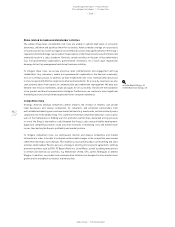 168
168 -
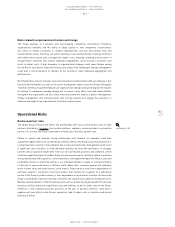 169
169 -
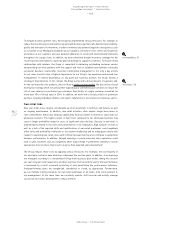 170
170 -
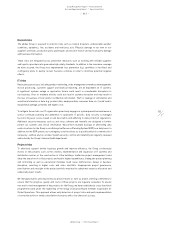 171
171 -
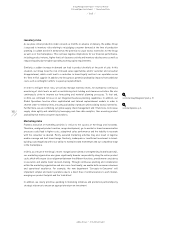 172
172 -
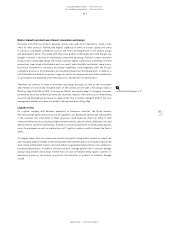 173
173 -
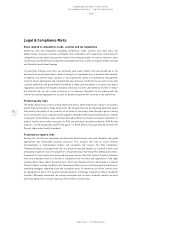 174
174 -
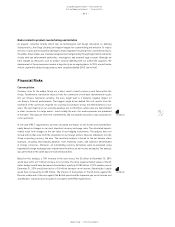 175
175 -
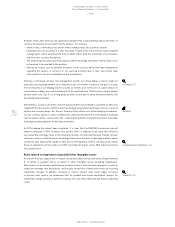 176
176 -
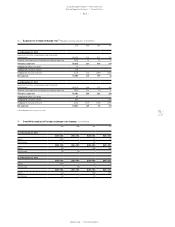 177
177 -
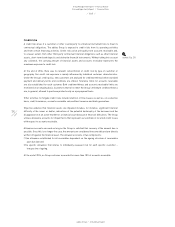 178
178 -
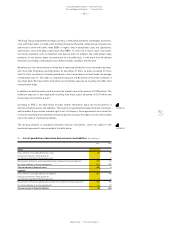 179
179 -
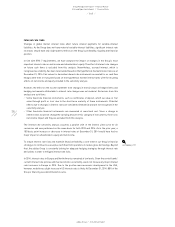 180
180 -
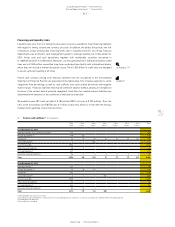 181
181 -
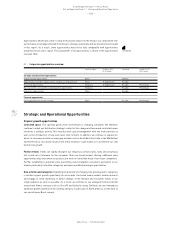 182
182 -
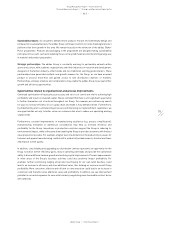 183
183 -
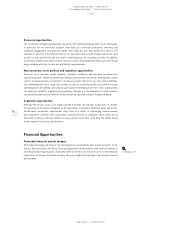 184
184 -
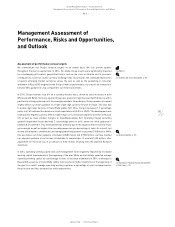 185
185 -
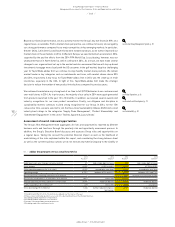 186
186 -
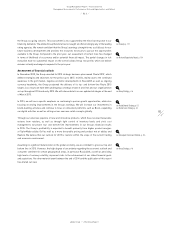 187
187 -
 188
188 -
 189
189 -
 190
190 -
 191
191 -
 192
192 -
 193
193 -
 194
194 -
 195
195 -
 196
196 -
 197
197 -
 198
198 -
 199
199 -
 200
200 -
 201
201 -
 202
202 -
 203
203 -
 204
204 -
 205
205 -
 206
206 -
 207
207 -
 208
208 -
 209
209 -
 210
210 -
 211
211 -
 212
212 -
 213
213 -
 214
214 -
 215
215 -
 216
216 -
 217
217 -
 218
218 -
 219
219 -
 220
220 -
 221
221 -
 222
222 -
 223
223 -
 224
224 -
 225
225 -
 226
226 -
 227
227 -
 228
228 -
 229
229 -
 230
230 -
 231
231 -
 232
232 -
 233
233 -
 234
234 -
 235
235 -
 236
236 -
 237
237 -
 238
238 -
 239
239 -
 240
240 -
 241
241 -
 242
242 -
 243
243 -
 244
244 -
 245
245 -
 246
246 -
 247
247 -
 248
248 -
 249
249 -
 250
250 -
 251
251 -
 252
252 -
 253
253 -
 254
254 -
 255
255 -
 256
256 -
 257
257 -
 258
258 -
 259
259 -
 260
260 -
 261
261 -
 262
262 -
 263
263 -
 264
264 -
 265
265 -
 266
266 -
 267
267 -
 268
268
 |
 |

174
2014
/
03.5
/
adidas Group
/
2014 Annual Report
Group Management Report – Financial Review
Risk and Opportunity Report
/
Financial Risks
Credit risks
A credit risk arises if a customer or other counterparty to a financial instrument fails to meet its
contractual obligations. The adidas Group is exposed to credit risks from its operating activities
and from certain financing activities. Credit risks arise principally from accounts receivable and,
to a lesser extent, from other third-party contractual financial obligations such as other financial
assets, short-term bank deposits and derivative financial instruments. Without taking into account
any collateral, the carrying amount of financial assets and accounts receivable represents the
maximum exposure to credit risk.
At the end of 2014, there was no relevant concentration of credit risk by type of customer or
geography. Our credit risk exposure is mainly influenced by individual customer characteristics.
Under the Group’s credit policy, new customers are analysed for creditworthiness before standard
payment and delivery terms and conditions are offered. Tolerance limits for accounts receivable
are also established for each customer. Both creditworthiness and accounts receivable limits are
monitored on an ongoing basis. Customers that fail to meet the Group’s minimum creditworthiness
are, in general, allowed to purchase products only on a prepayment basis.
Other activities to mitigate credit risks include retention of title clauses as well as, on a selective
basis, credit insurances, accounts receivable sales without recourse and bank guarantees.
Objective evidence that financial assets are impaired includes, for instance, significant financial
difficulty of the issuer or debtor, indications of the potential bankruptcy of the borrower and the
disappearance of an active market for a financial asset because of financial difficulties. The Group
utilises allowance accounts for impairments that represent our estimate of incurred credit losses
with respect to accounts receivable.
Allowance accounts are used as long as the Group is satisfied that recovery of the amount due is
possible. Once this is no longer the case, the amounts are considered irrecoverable and are directly
written off against the financial asset. The allowance consists of two components:
(1) an allowance established for all receivables dependent on the ageing structure of receivables
past due date and
(2) a specific allowance that relates to individually assessed risk for each specific customer –
irrespective of ageing.
At the end of 2014, no Group customer accounted for more than 10% of accounts receivable.
see Note 29, p. 228
